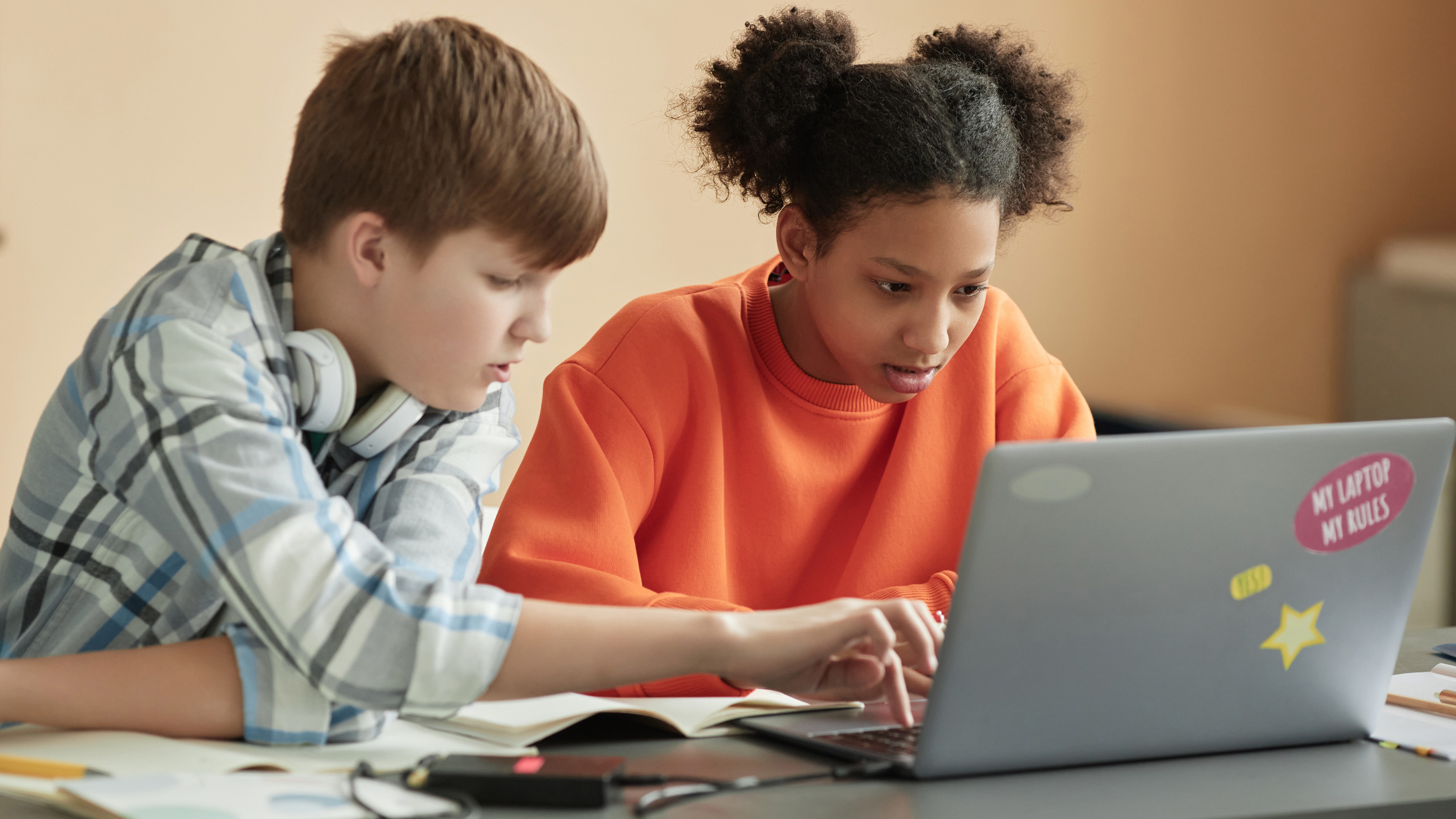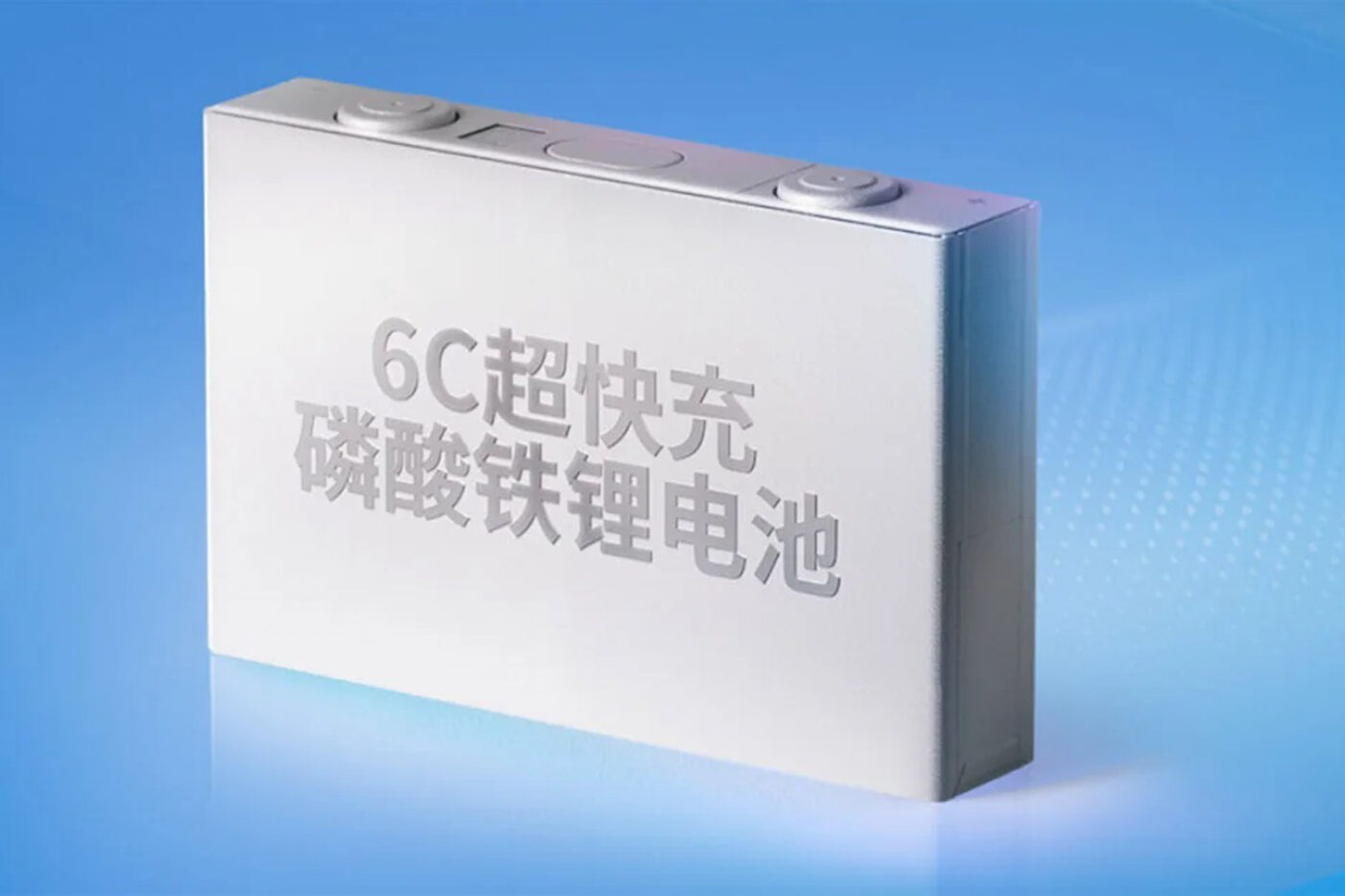Empowering Students: How Technology Integration Supercharges Project-Based Learning in Ireland

Project-Based Learning (PBL) has gained significant traction in Irish education for its ability to foster critical thinking, problem-solving, and collaboration. But what if we could amplify these benefits even further? The answer lies in strategically integrating technology.
Traditionally, PBL has involved students tackling real-world challenges through hands-on projects. However, the digital age demands a different skillset. Students need to be not just problem-solvers, but also digitally literate creators and communicators. Integrating technology into PBL isn't about simply using gadgets; it’s about thoughtfully weaving technological skills into the learning process, empowering students to express their knowledge in dynamic and engaging ways.
Why Integrate Technology into PBL?
The advantages are numerous:
- Enhanced Engagement: Let's face it, students are digital natives. Using tools they're familiar with – from video editing software to online collaboration platforms – keeps them motivated and invested in their projects.
- Development of 21st-Century Skills: PBL with technology naturally fosters skills like digital literacy, information evaluation, online safety, and creative media production – crucial for success in today's workforce.
- Expanded Learning Opportunities: Technology unlocks access to a wealth of resources, experts, and collaborative opportunities beyond the classroom walls. Students can connect with peers globally, research diverse perspectives, and utilize specialized software for complex tasks.
- Personalized Learning: Technology allows for differentiated instruction and caters to individual learning styles. Students can choose tools and platforms that best suit their needs and preferences.
Practical Strategies for Integration
So, how can Irish educators effectively integrate technology into their PBL units? Here are a few ideas:
- Utilize Digital Storytelling Tools: Encourage students to create videos, podcasts, or interactive presentations to showcase their learning.
- Embrace Online Collaboration Platforms: Tools like Google Workspace, Microsoft Teams, or Padlet facilitate teamwork, communication, and document sharing.
- Incorporate Virtual Field Trips: Explore museums, historical sites, and ecosystems around the world without leaving the classroom.
- Leverage Data Analysis Tools: If the project involves data collection, teach students how to analyze and visualize their findings using spreadsheets or data visualization software.
- Promote Coding and Robotics: Introduce basic coding concepts or incorporate robotics kits to enhance problem-solving and computational thinking skills.
Giving Students Agency
The key to successful technology integration in PBL is student agency. Rather than dictating specific tools, empower students to choose the technologies that best support their project goals. This fosters a sense of ownership and encourages them to take responsibility for their learning. Providing guidance and support is crucial, but ultimately, allowing students to experiment and innovate with technology will lead to more meaningful and impactful learning experiences.
In Ireland, as we strive to create a future-ready education system, integrating technology into PBL is not just a trend – it's a necessity. By embracing this approach, we can empower Irish students to become confident, creative, and digitally literate citizens, prepared to thrive in the 21st century.






